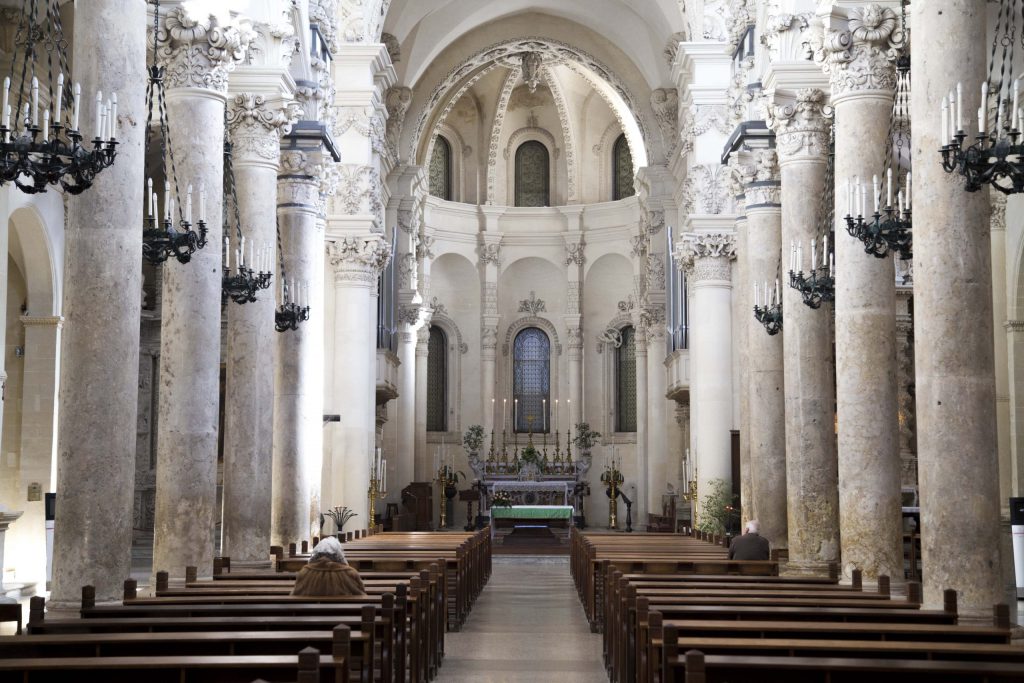Cart
3
Quantity
5,00 €
Quantity
4,00 €
Quantity
18,90 €
Product You May Also Like
Payment details
Sub Total
50,80 €
Shipping
Free!
Total
50,80 €
Apply

 Maccheroni Pasta
Maccheroni Pasta
 Taralli all'Uvetta e Cipolla
Taralli all'Uvetta e Cipolla
 Amore DI Puglia Pillow
Amore DI Puglia Pillow





















Leave a comment